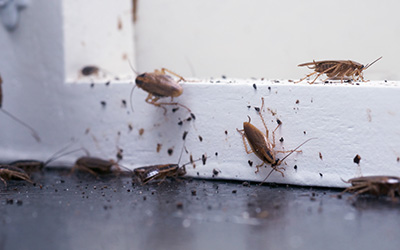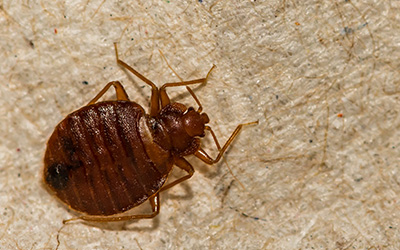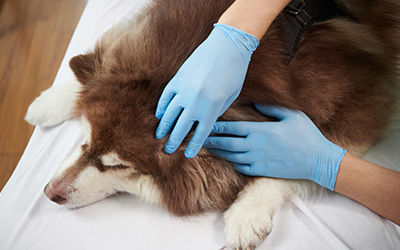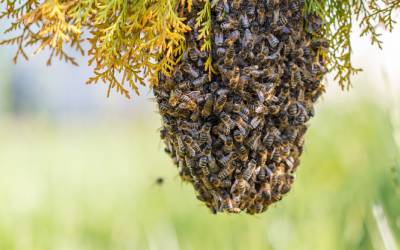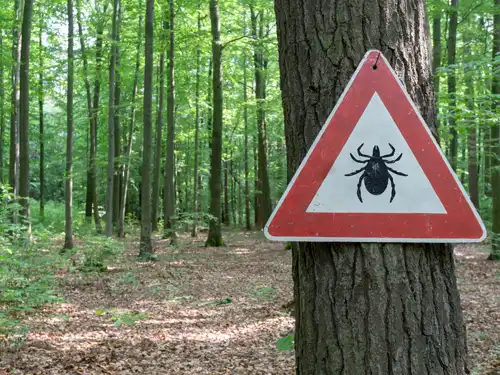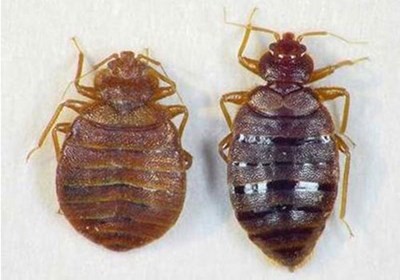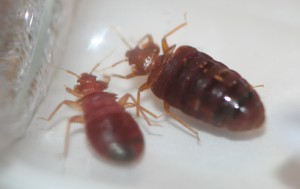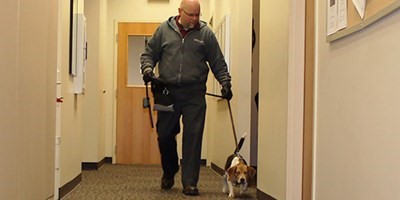Summers are known for warmer days, sunsets, and festivals. It’s a splendid time of the year, brimming with bright sunny days and the creation of wonderful lifelong memories. Regrettably, as summer progresses into its later months, pests can disrupt your seasonal enjoyment. These summer pests share our affection for warm weather and are inclined to infest your property during this cheerful time.
Types of Late Summer Pests:
- Ants – The latter part of summer plays a pivotal role in ant reproduction and the establishment of new colonies. Their expansive colonies have the potential to result in infestations in your home and businesses. Their small size enables them to enter structures effortlessly, where they pose a risk of structural harm to homes and can transmit bacteria.
- Stinging Insects – Encounters with wasps, bees, and hornets often become more frequent in the later stages of summer. During this period, these summer pests tend to exhibit heightened aggression because of the decreasing availability of their food sources.
- Cockroaches – Cockroach infestations have a tendency to escalate due to the warm weather, which creates ideal conditions for their breeding and movement. Cockroaches are recognized carriers and transmitters of bacteria. They are capable of polluting food and various surfaces within homes. This can give rise to potential health hazards like foodborne illnesses, gastrointestinal issues, and allergic reactions.
- Fleas and Mites – Late summer is a time of heightened activity among fleas and mites. These summer pests are capable of transmitting a range of diseases through their bites. The resulting illnesses can cause symptoms that span from slight discomfort to serious afflictions, impacting both humans and pets alike.
- Crawling Insects – Weather with warm temperatures is ideal for spiders, centipedes, and other crawling insects. If the weather gets too hot, crawling insects will seek relief inside. The warm weather will also attract the insects they feed upon. The presence of these summer pests can indicate that there might be an underlying pest issue that is attracting them.
- Rodents – Late summer offers an ideal environment for rapid rodent breeding. If left unattended, a small number can swiftly transform into a major infestation. Rodents, such as mice and rats, bring about substantial risks to both our well-being and property.
- Birds – Certain bird species might display heightened territorial and aggressive tendencies, particularly when they are in the midst of nesting. Birds like pigeons and starlings, for instance, can showcase aggression when they detect potential dangers to their nesting locations. Additionally, some bird species can harbor illnesses that are transferable to humans.
Take Preemptive Action
Don’t wait for pests to invade your home and disrupt your peace of mind. Be proactive in protecting your property with preemptive measures. Reach out to the experts at Batzner Pest Control for professional action and year-round pest control.

